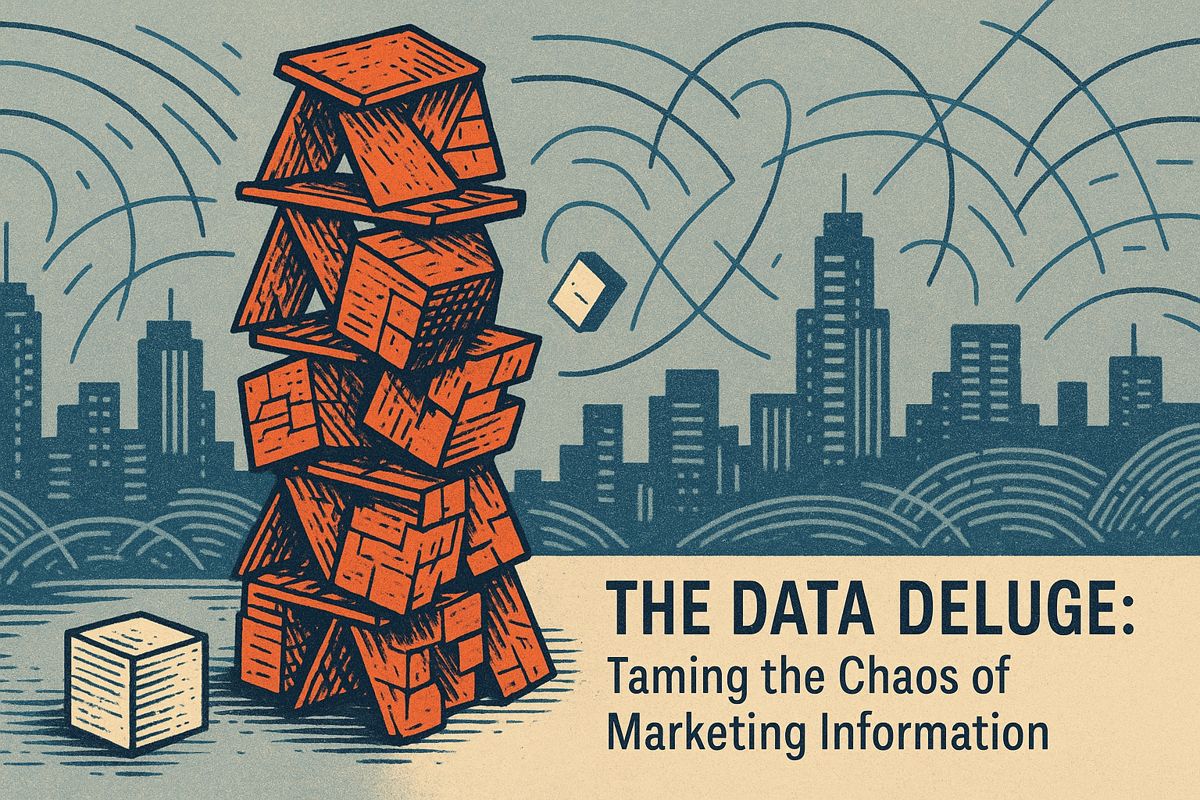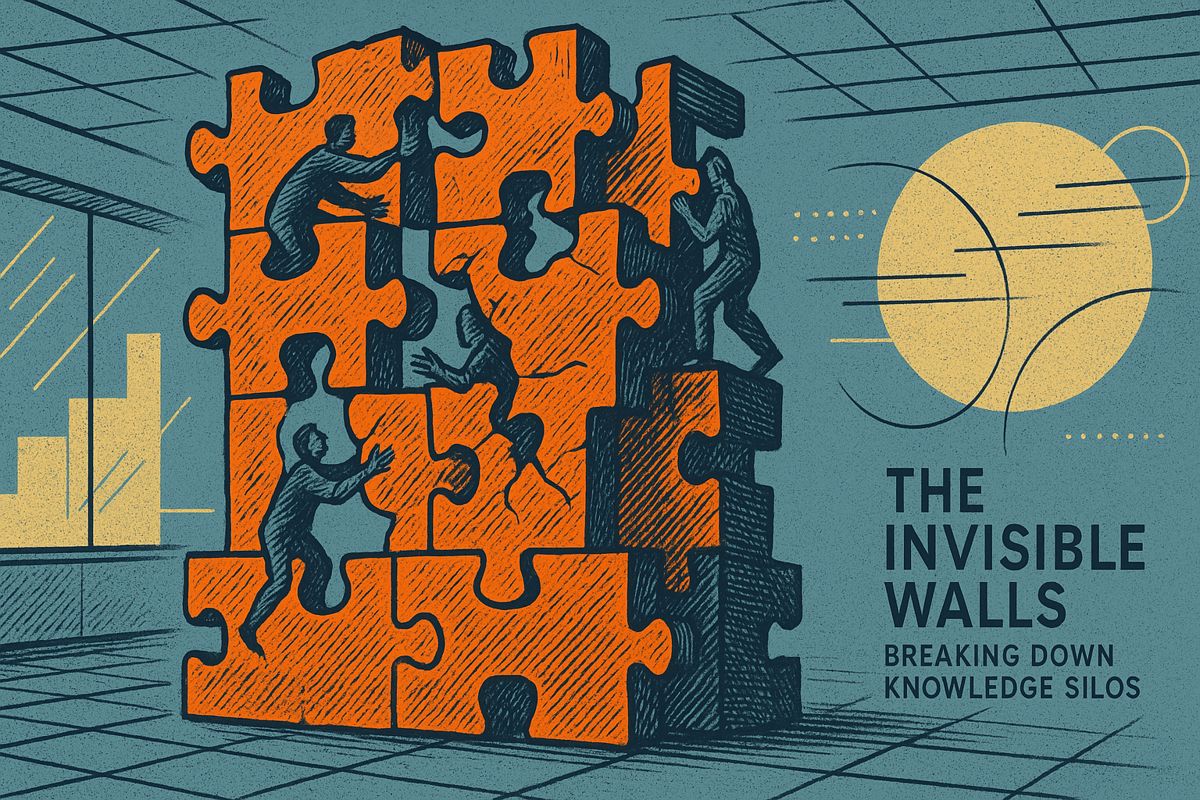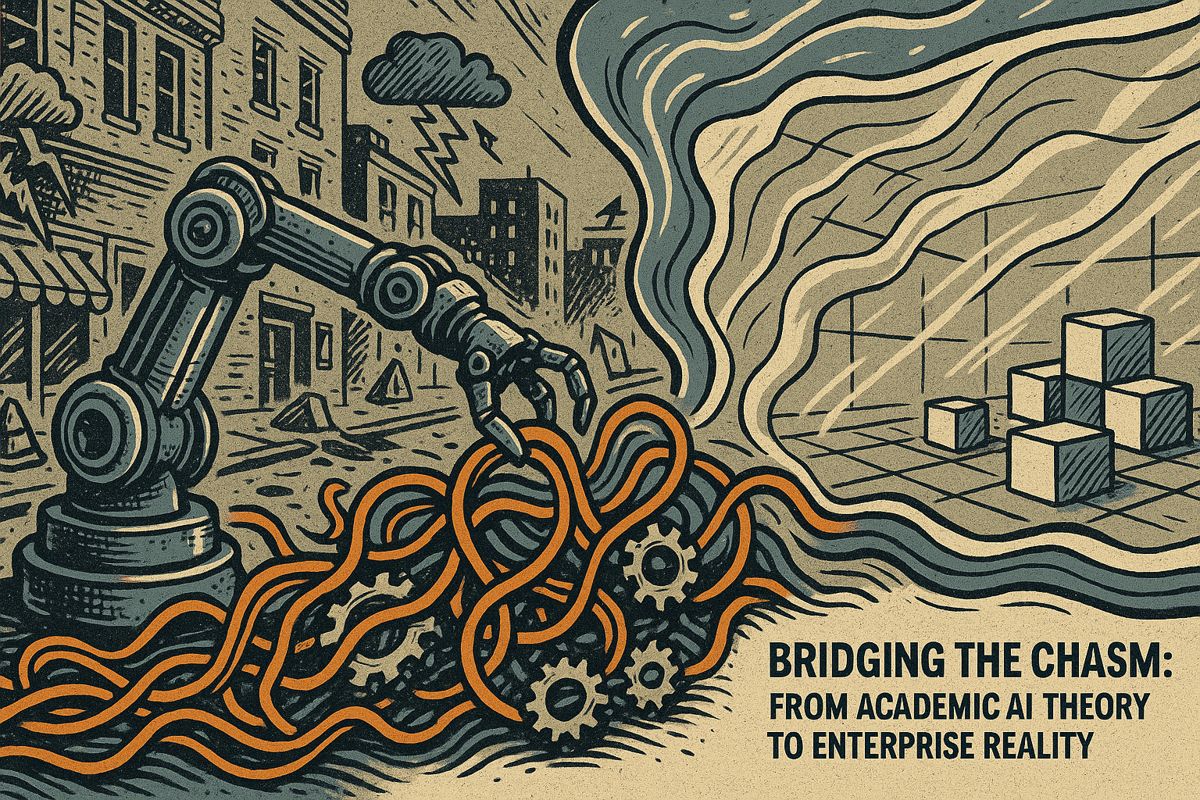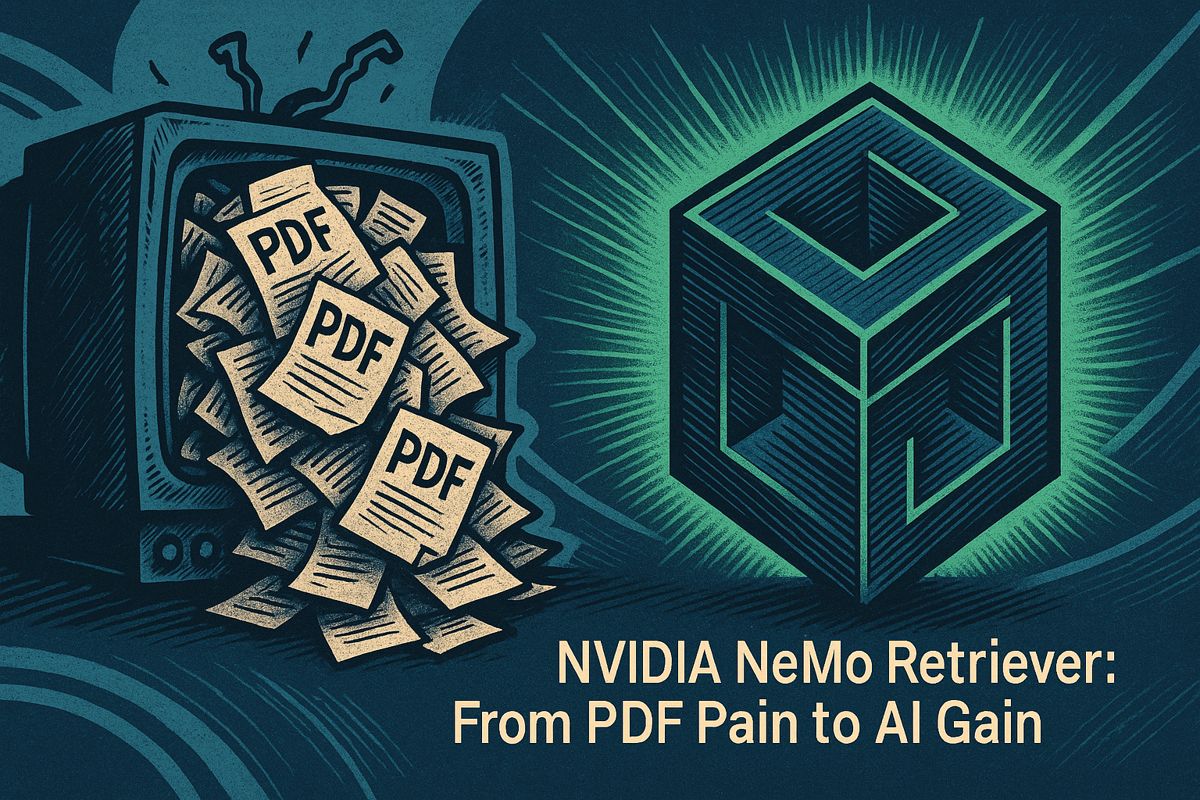Bad data is a monster, eating up marketers’ time and costing businesses billions! Imagine the panic when one tiny mistake ruins a whole campaign, making you feel like you’re lost in a stormy sea of spreadsheets. Claravine swoops in like a superhero, fixing data quality at the very beginning, so your information is strong and reliable, not flimsy like a spiderweb. This magic tool saves huge amounts of time and money, freeing marketers to find amazing insights instead of battling endless errors. It transforms chaos into clarity, letting you conquer your marketing goals with confidence!
Why is data quality crucial for marketers?
High-quality data prevents significant time loss and financial drains for marketers. Consistent data can save teams up to 40% of their time, allowing focus on insights instead of firefighting errors. Bad data costs U.S. businesses an estimated $3 trillion annually, making robust data governance essential for effective marketing and strategic decision-making.
The Daily Grind: Data Errors and Emotional Whiplash
It’s unnerving – that lurch in your stomach when you realize most marketers spend nearly half their time wrestling chaos instead of extracting insight. Can you picture it? Last night, I devoured a sharp review of Claravine’s platform and was instantly teleported to my agency days. Back then, the office smelled like burnt coffee and desperation; we’d squint at Facebook and Google sheets, hunting for discrepancies with the determination of truffle pigs but none of the glamour. Sometimes, the culprit was just a missing character in a UTM field. Sometimes, it was hubris. Or was it fate’s perverse sense of humor?
One December, caffeine-fueled and nerves jangling, our holiday campaign teetered due to one absent metadata value. Panic prickled my skin. A single oversight threw attribution out of orbit, budgets off-kilter, and the air bristled with that accusatory question: Who forgot the template? This wasn’t rare. Marketing data is more fragile than a spiderweb in a thunderstorm; one misstep, and the whole structure quivers.
I’ll admit, I used to think double-checking campaign taxonomy was tedious busywork. Turns out, that was an expensive mistake. The panic that swelled in my chest still echoes, even now.
Claravine’s Approach: From Patchwork Fixes to Structural Soundness
Claravine, along with heavyweights like Under Armour and Bristol Myers Squibb, is flipping the script. Rather than patching up broken data after the fact, their platform enforces data quality at the starting line (Claravine official). It’s like laying the foundations of a skyscraper with steel, not papier-mâché.
By unifying inputs across systems – think Adobe and Salesforce, not just spreadsheets – Claravine ensures taxonomy and metadata remain consistent everywhere (Claravine guide). No more “SUMMER_SALE_Final_v2” disasters. Instead, you get standardized, reliable data that doesn’t collapse under scrutiny. The relief of clarity is almost tactile; you can practically hear the sigh of a marketer spared yet another reconciliation marathon.
Here’s a striking number: consistent data saves teams up to 40% of their time, according to Gartner (Gartner). That’s not chump change. Harvard Business Review grimly estimates bad data drains $3 trillion annually from U.S. businesses (Harvard Business Review).
Automation, Accountability, and Real ROI
Automation is where Claravine really sharpens its teeth. Taxonomy mapping becomes a breeze, error-prone manual edits vanish, and suddenly, analysts can focus on what matters: insight, not firefighting (Software Advice). I’ll confess, when I saw they’d built a quantifiable “Data Standards Score”, I snorted – who knew data hygiene could feel like a high score in Tetris? Yet it’s satisfying. Progress is tangible, not just a vague sense of “less chaos” (Claravine metric launch).
For teams scaling up across regions, the consistency pays compounding dividends (GlobeNewswire). Under Armour reported an 80% cut in manual processes and a 10-15% improvement in ROAS thanks to Claravine’s standards. That’s not just marginal; it’s transformative – the sort of leap that turns budget meetings from battlegrounds to victory laps.
But one nagging doubt lingers: as AI fever sweeps the industry, are we building on sand? All these whiz-bang tools crumble without a rock-solid data foundation. Garbage in, garbage out. I once underestimated that. Never again.
The Future: Data Governance as a Strategic Muscle
Here’s the crux: as marketing complexity mushrooms, so does the risk of error (Claravine updates). Claravine’s platform isn’t sexy in the way AI-generated video or holographic dashboards are, but it’s quietly essential – like flu shots, or oil changes.
Perhaps it’s time to treat data governance as a strategic asset, not a quarterly fire drill (Claravine event). Are you ready? Or are we just patching leaks while the ship takes on water?
If you crave deeper dives, see the sources below. Or just ask yourself: would you rather spend next Friday fixing errors, or finding your next breakthrough? Thump. That’s my heart answering for me.
(Links cited in text above.)
Dan



















